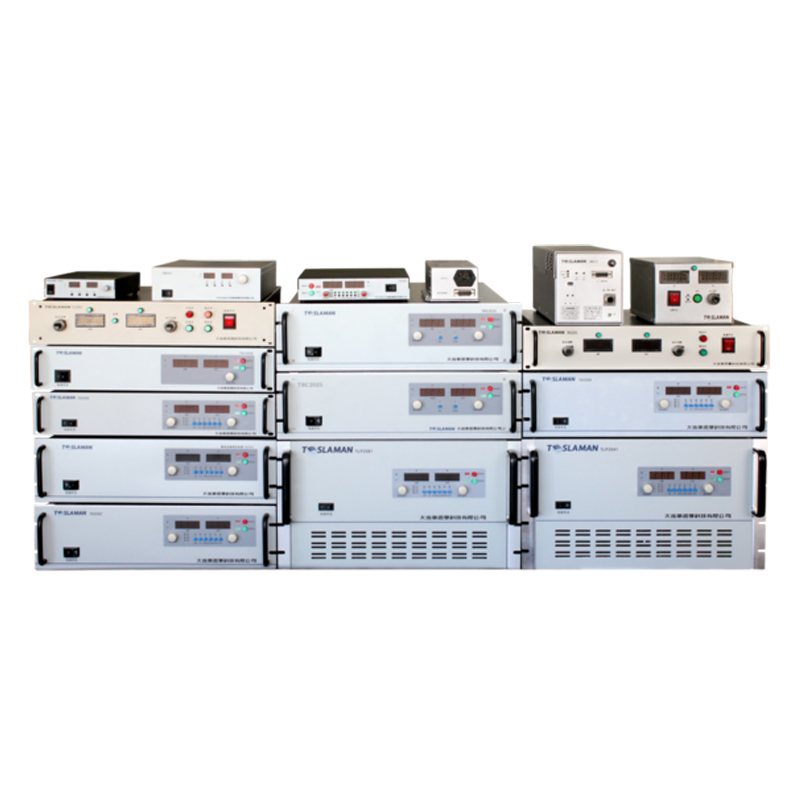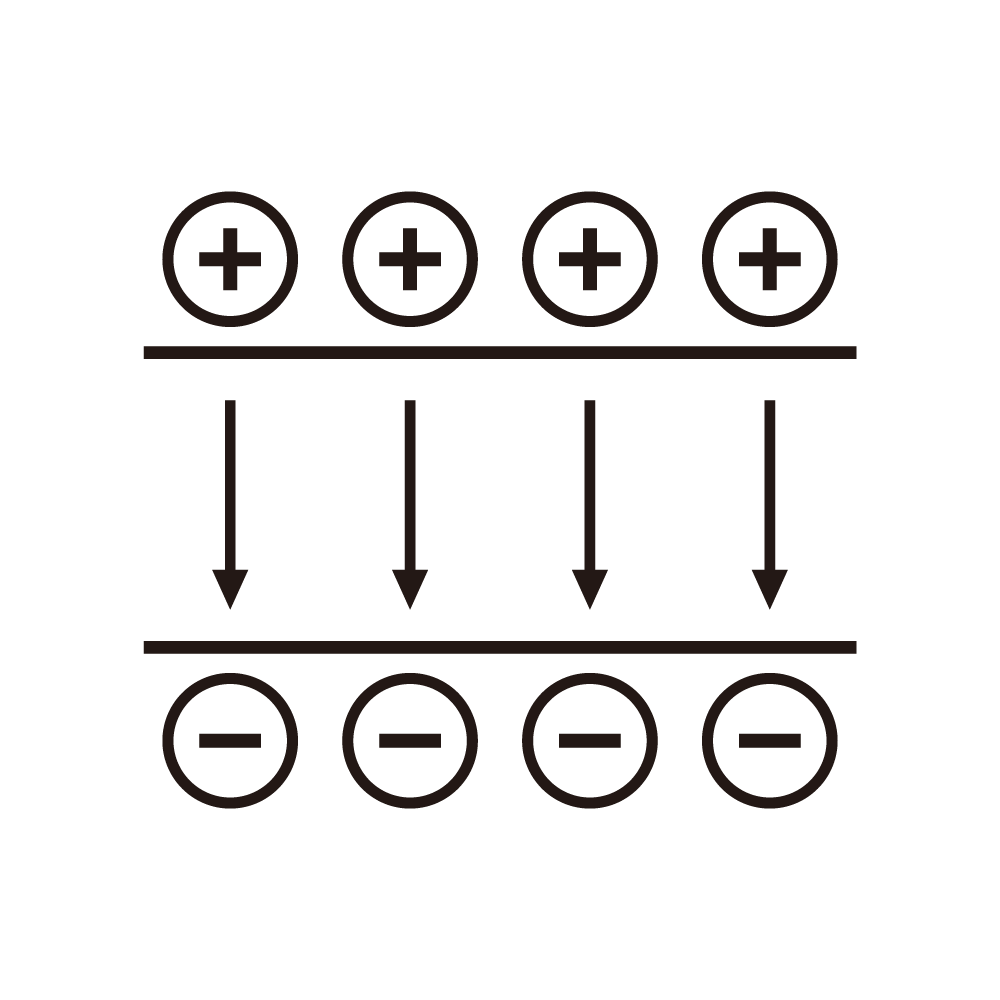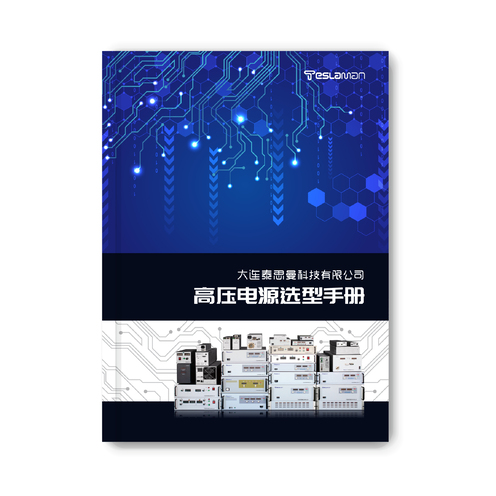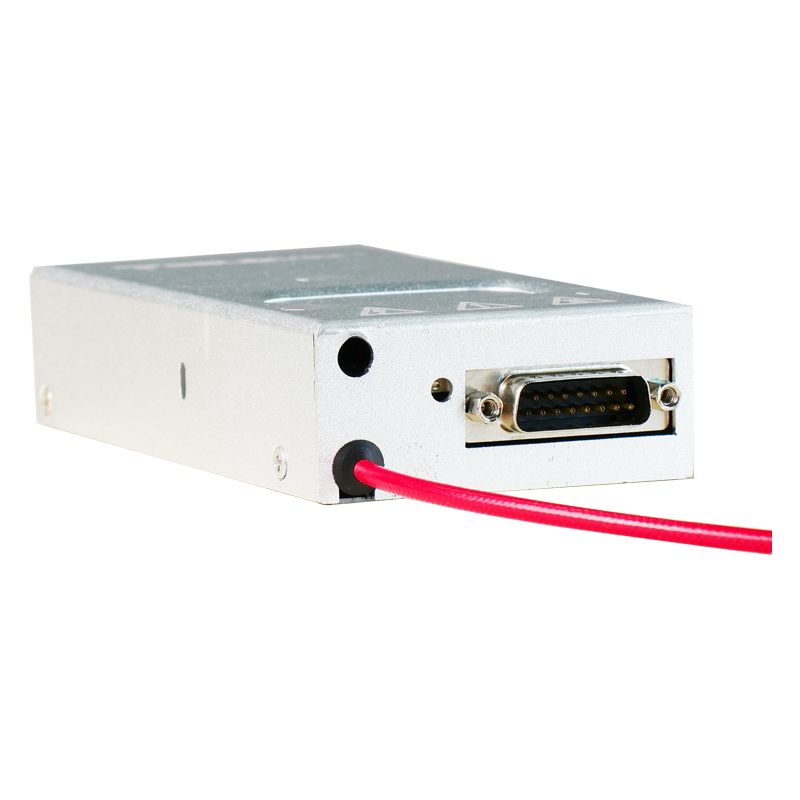The Precise Connection between High-Voltage Power Supplies and Semiconductor Testing
At present, with the booming development of the semiconductor industry, semiconductor testing, as a crucial link in ensuring the quality and performance of chips, imposes stringent requirements on the precision and stability of testing equipment. High-voltage power supplies, an indispensable part of semiconductor testing systems, bear the responsibility of providing precise high-voltage excitation for various tests. The precise connection between them and semiconductor testing is directly related to the success or failure of the entire semiconductor manufacturing process.
Semiconductor testing encompasses multiple stages, ranging from wafer testing in the initial stage of chip manufacturing to final testing after packaging. During the wafer testing stage, the tiny chip structures need to undergo electrical characteristic detection under high voltage to screen out potentially defective products. Here, the high-voltage power supply must be able to output stable, precise, and finely adjustable voltages. For example, in the breakdown voltage test of transistors under advanced manufacturing processes, the voltage accuracy needs to be controlled within an extremely small error range. Even a slight deviation may lead to misjudgment, causing good products to be wrongly rejected or defective products to flow into the next process, bringing huge losses to enterprises.
Technically speaking, to achieve a precise connection, high-voltage power supplies first need to have excellent voltage regulation capabilities. By employing advanced digital control technologies, they can quickly and smoothly adjust the output voltage according to the test program settings, maintaining the linearity and stability of the voltage during wide-range switching from a few volts to several thousand volts. Meanwhile, to cope with dynamic load changes in semiconductor testing, high-voltage power supplies should possess rapid response characteristics to ensure that the voltage recovers stability instantly when the load changes suddenly, preventing test signal jitter from interfering with the test results.
In the actual connection process, compatibility with testing equipment is of vital importance. High-voltage power supplies need to adapt to the interface standards of different semiconductor testing systems. Whether based on the traditional GPIB communication protocol or emerging high-speed Ethernet interfaces, it is necessary to ensure the real-time and accurate data transmission so that the testing system can precisely control the power output. Moreover, the output noise of the power supply must be strictly suppressed. The weak electrical signals in semiconductor testing are extremely susceptible to noise interference. Noise at the millivolt or even microvolt level may mask the true electrical characteristics of the chip, rendering the test data invalid.
To ensure long-term stable operation, the reliability design of high-voltage power supplies is indispensable. Redundant circuit structures should be adopted so that basic functions can still be maintained when some components fail, avoiding test interruptions. Heat dissipation management is equally crucial. Under high-power operation, an efficient heat dissipation system can prevent voltage fluctuations caused by temperature drift, ensuring that the power supply outputs precise voltages in a constant temperature environment to meet the long-term and high-intensity working requirements of semiconductor testing.
The precise connection between high-voltage power supplies and semiconductor testing is a systematic project involving collaborative innovation in multiple fields such as electronic technology, materials science, and heat management. Only by continuously overcoming technical difficulties and optimizing connection details can a solid guarantee be provided for the semiconductor industry to continuously supply high-quality chips, propelling the entire semiconductor industry to reach higher levels of precision and efficiency and move forward steadily in the wave of global technological competition.




















